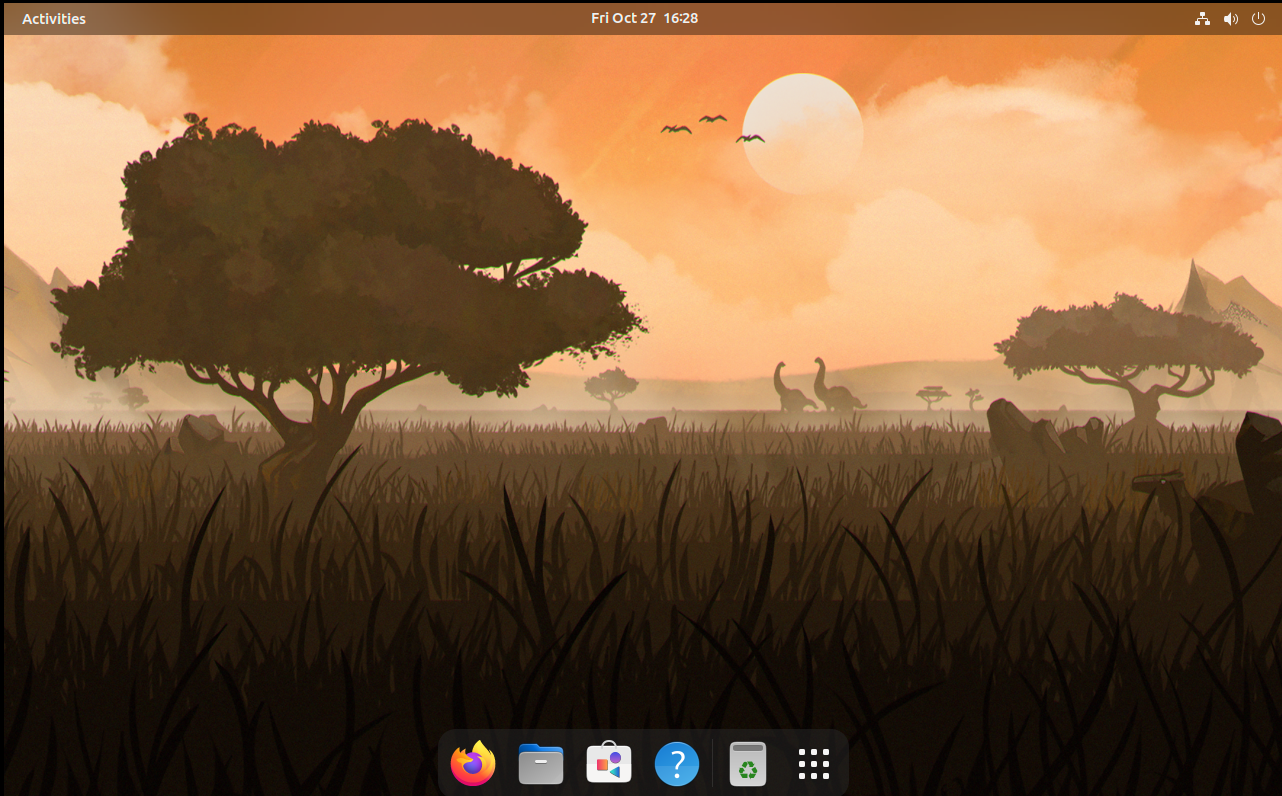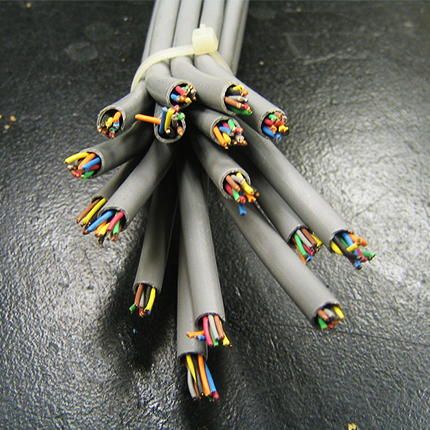From The New Stack
What’s the Linux desktop for the playful developer? 🤔
UwUbuntu
deleted by creator
LFS
NixOS according to my local fetish community.
Among OS
YiffOS
Is that a fork of NixOS?
deleted by creator
deleted by creator
Are other distros not serious? I don’t understand what this is.
You’re just not cloud-native enough to understand how revolutionary it is to run GNOME on Fedora.
We are really experiencing a cloud native generation. These Zoomers don’t even know how life was without a cloud over their heads.
YaNJaLD.
Yet another not just another Linux desktop.
Lmao I first read that as
Yet another Newly Jank ass Linux Distro
deleted by creator
Everybody knows Linux is primarily used and developed (?) by moms who play FarmVille in terminal.
uses the GNOME interface
yeah thats a no from me.
Plus its just running off Fedora? Easy no.
How did they manage to just take the worst of both and put them together?
I don’t get it. What’s the spirit of ubuntu? Is the underlying OS based on ubuntu instead of fedora?
What’s the actual difference to fedora silverblue?
Half the answer to “why did you make your own linux?” is that it’s awesome being able to revert back to the original fedora OS.
Because it follows a cloud-native approach, the end user has the flexibility to rebase back to the stock Fedora or any Universal Blue image. It’s more like having someone install, configure, and maintain a polished Fedora setup for you.
And the other half doesn’t provide any info either
Bluefin utilizes Fedora’s OCI features to compose and build an OS image. This process is overseen by a well-structured community that is committed to automation and sustainability. The end result is akin to a configuration management tool like Ansible or Salt, but without the typical challenges associated with maintaining a custom distribution.
Yeah, they don’t have a clear mission statement to explain the delta of “why does this exist, and what problems does it solve”.
I think it boils down to: “because we can”. “We can automatically build our own setup on github and that’s what we do”
Installing tailscale, zsh, fish, vscode, extension manager, codecs, etc. out of the box isn’t enough for a new distro. Especially because you break the signing of fedora by doing so.
out of the box isn’t enough for a new distro.
I’m a bit surprised that they mentioned “distribution” on the Bluefin website, as the Universal Blue site (the base project behind Bluefin) explicitly mentions not being a distro - and I know that Jorge tends to be very clear that they’re not building a distro:
This isn’t a distribution, you can always rebase back to Fedora without reinstalling. This is a unique relationship between upstream and downstream that is popular in cloud, but still new to the Linux desktop. “Custom images” seems to be a decent place to start since that’s what people call them in cloud.
much cloud, very native, wow
What’s the actual difference to fedora silverblue?
Hi! Co-maintainer here, you can find the differences in the github repo: https://github.com/ublue-os/bluefin
And there’s a doc page going over it here: https://universal-blue.discourse.group/docs?topic=41
If you have any other questions I’d be happy to answer them!
Hi! Co-maintainer here, you can find the differences in the github repo: https://github.com/ublue-os/bluefin
I checked the github page you link and can find no differences listed, just three bullet points that appear to have be written by a PR team. You say an Ubuntu Desktop experience melded with Fedora Silverblue. Don’t you mean GNOME? Ubuntu isn’t a desktop environment, it’s a Linux distro. GNOME is the desktop environment. That seems like an embarassing blunder in your copy when you claim to be building a distro for “serious” developers.
If it weren’t open source, I’d think this was a scam. Weird choice.
IIRC, Bluefin uses the GNOME extensions that Ubuntu uses - so yes, GNOME in the same way that the current version of Pop!_OS is GNOME + their own extensions.
This is the umpteenth time I’ve come across this project but I just don’t get what they’re going for here.
These are just custom images, are they not?
If I wanted Ubuntu I’d use Ubuntu. If I wanted Fedora I’d use Fedora. Maybe I’m not getting it but I wonder how big of a population that’s out there that wants some Ubuntu mixed in with a touch of Fedora and some buzzword salad thrown into the mix.
Sorry, I only know silly, goofy developers. Can’t recommend this to anyone.
Yeah same, I’m a silly goose developer, can’t use this. Sorry!
Can someone tell me the recent hype about immutable distros? What exactly is the immutable part, and why is it attractive?
The base OS is a known unchanging set of bits. Squirt this datastream onto a storage volume and boot to it and you have a known-working system. Then you can futz around with all the self-contained packaged apps you want, and no worries about weird interactions fucking over your whole system.
It’s not for me, but I kinda see the appeal.
The system (the os files to be precise) is only mutable by package manager for specific tasks like updating. It can break certain workflows if the user wants to change system files, because they can’t.
Bonuses from that are security and reproducibility. You can be sure that whatever package you have will look and behave exactly the same as on another device with the same OS. Malware won’t be able to mess around with your OS so trivially as it does on mutable distros.
Interesting. Sounds like DevOps folks would love it. Maybe I’ll look into it more. Thanks!
It’s when you can’t set the volume to 0% so that everyone around you has to hear how hard you’re working.
Immutable, adjective: Unchanging over time or unable to be changed.
From the article: “We want a reliable desktop experience that runs everything, but we’re too lazy to maintain anything. So we automated the entire delivery pipeline in GitHub.”
So, in other words… “Please don’t ever update your system or everything will break”
It means the core OS is isolated from all the functionality in a way that allows you to modularly add all the functionality on top of it in a reproducible, robust way.
In theory. I haven’t actually dug into any of them personally.
I prefer to have a minimal linux ditro and install the apps I need.
“Cloud native” technology is double speak for your shit is running on other people’s computers who will be tracking your use and selling it to pay for server upkeep and also maybe profit?
In this case it’s referring to the fact that the OS is built upon the same containerization technology used on cloud platforms such as Kubernetes. As a marketing tool it’s a bit buzzwordy, but it’s not about running the core OS components outside of the physical machine here.
Yea and coming with Visual Studio pre installed? No thanks
deleted by creator
deleted by creator
“I use bluefin btw” It doesn’t feel nice.
🥱
What a shitty tagline. What have I been doing these past few years, lol?
Linux desktop will, most likely, fail for: Developers and sysadmins, because not everyone is using Docker and Github actions to deploy applications to some proprietary cloud solution. Finding a properly working FTP/SFTP/FTPS desktop client (similar WinSCP or Cyberduck) is an impossible task as the ones that exist fail even at basic tasks like dragging and dropping a file.
Linux desktop is great, I love it but I don’t sugar coat it nor I’m delusional like most posting about it.
It all comes down to a question of how much time (days? months?) you want to spend fixing things on Linux that simply work out of the box under Windows for a minimal fee. Buy a Windows license and spend the time you would’ve spent dealing with Linux issues doing your actual job and you’ll, most likely, get a better ROI.
https://tadeubento.com/2023/linux-desktop-a-collective-delusion/
Also, immutable distributions are a scam:
Guess what happens whenever people popularize immutable distros as the next hype in tech that will make everything better? You get yourself into a totally unreasonable and avoidable ecosystem just because those systems won’t cut it for most use cases… same that happened with Docker/Kubernetes.
I’ve been saying it for year and nobody cares: nowadays those companies are all about re-creating and reconfiguring the way people develop software so everyone will be hostage of their platforms. We see this in everything now Docker/DockerHub/Kubernetes and GitHub actions were the first sign of this cancer. We now have a generation of developers that doesn’t understand the basic of their tech stack, about networking, about DNS, about how to deploy a simple thing into a server that doesn’t use some Docker BS or isn’t a 3rd party cloud xyz deploy-from-github service.
The latest endeavor in making everyone’s hostage is the new Linux immutable distribution trend. Immutable distros are all about making thing that were easy into complex, “locked down”, “inflexible”, bullshit to justify jobs and payed tech stacks and a soon to be released property solution.
We had Ansible, containers, ZFS and BTRFS that provided all the required immutability needed already but someone decided that is is time to transform proven development techniques in the hopes of eventually selling some orchestration and/or other proprietary repository / platform / BS like Docker / Kubernetes does.
“Oh but there are truly open-source immutable distros” … true, but this hype is much like Docker and it will invariably and inevitably lead people down a path that will then require some proprietary solution or dependency somewhere that is only required because the “new” technology itself alone doesn’t deliver as others did in the past.
As with CentOS’s fiasco or Docker it doesn’t really matter if there are truly open-source and open ecosystems of immutable distributions because in the end people/companies will pick the proprietary / closed option just because “it’s easier to use” or some other specific thing that will be good on the short term and very bad on the long term. This happened with CentOS vs Debian is currently unfolding with Docker vs LXC/RKT and will happen with Ubuntu vs Debian for all those who moved from CentOS to Ubuntu.
Those popularizing immutable distributions clearly haven’t had any experience with it before the current hype. Let me tell you something, immutable systems aren’t a new thing we already had it with MIPS devices (mostly routers and IOTs) and people have been moving to ARM and mutable solutions because it’s better, easier and more reliable.
Let people enjoy things.
What if I enjoy ruining other people’s fun?
There is always some solutionizm in tech, but I’m interested in containerzation as a solution to problems I’ve had with configure drift building up on my systems and make it easier to share and work with the community.
The immutable desktop work to me is specifically working on bridging the gap between the UX of a local admin (you know wanting custom configuration and fast reaction to user input) and the industrial expectations of being able to test and track every change and reduce the number of different pieces you need to operate a system.
Hopefully we can lose some of the industries bad habits though. Like “relying on this proprietary piece is ok because we can move faster” or making other excuses as if you are going to have to explain to your boss why some metric looks bad instead of just trying to make the best system or solution we can.
deleted by creator
The amount of times my Windows installation(s) broke is just as high as the amount of times my Linux installations had issues. The article you quoted seems to be from someone with more Windows experience than Linux experience.
One example: FileZilla is a capable GUI SFTP and FTP client, but so is nearly every file manager. I can drag and drop files from Dolphin into a fuse mounted FTP, SMB or SFTP folder just fine. Skill issue?
EDIT: omg, I just realised they use WinSCP for deploying applications. It really seems like a skill issue since you can automate that even without proprietary clouds. I can probably replace this person with a PowerShell script, which is even more efficient than them doing their job on Windows.
All operating systems sadly need lots of maintenance nowadays. The main reason I use Linux is that I feel in control of the system and the vendor doesn’t actively try to fuck with my installation.













